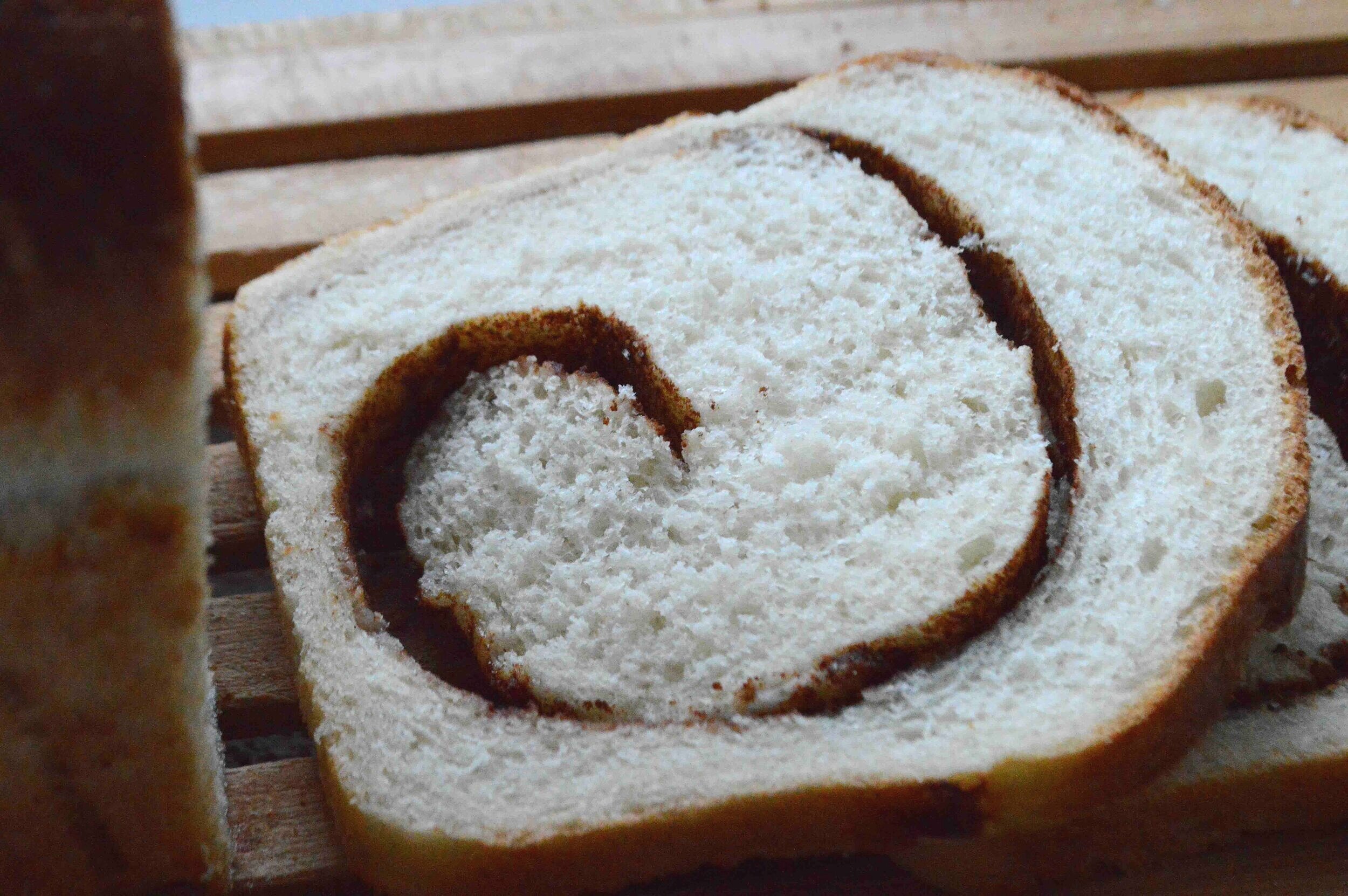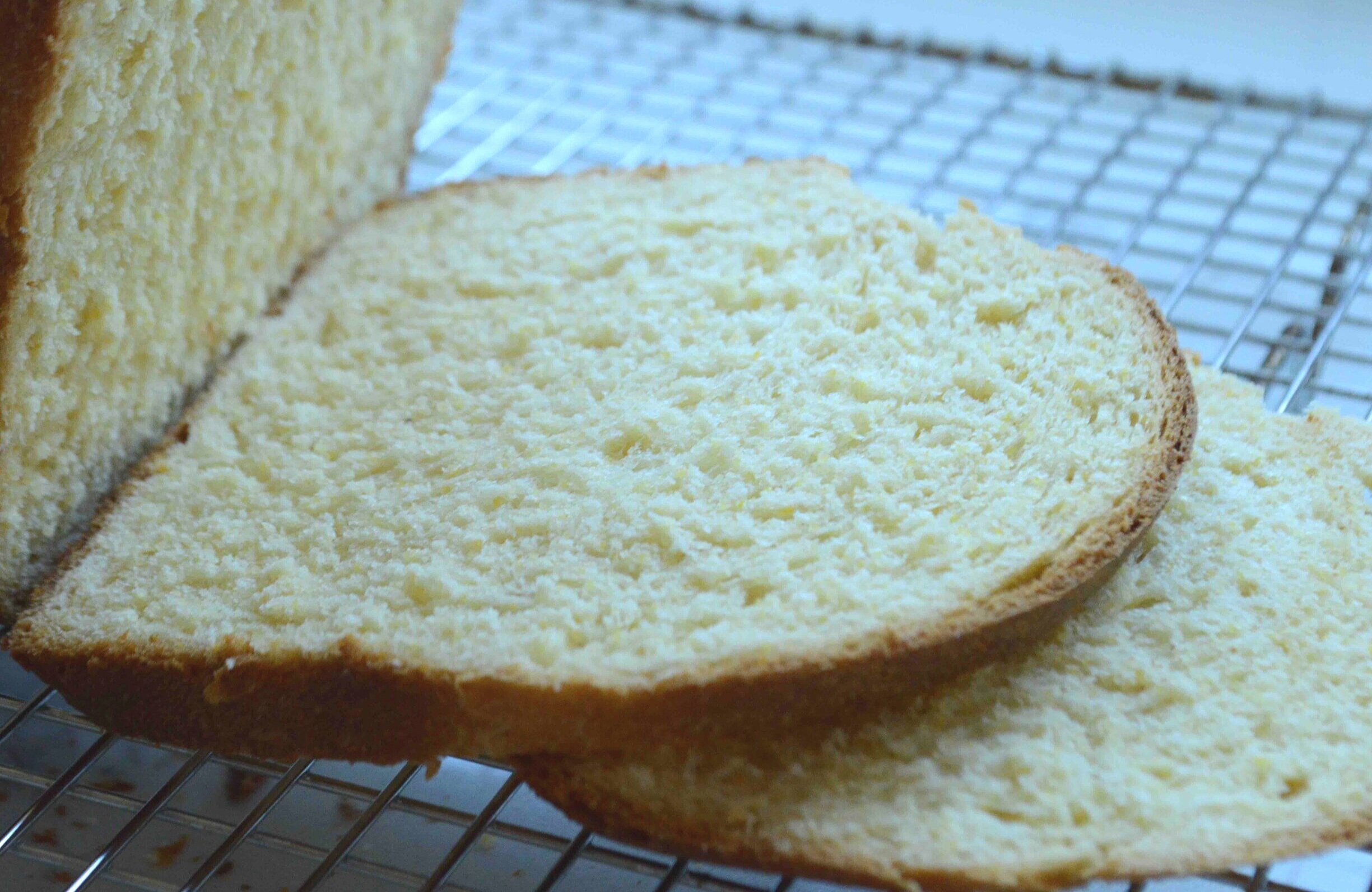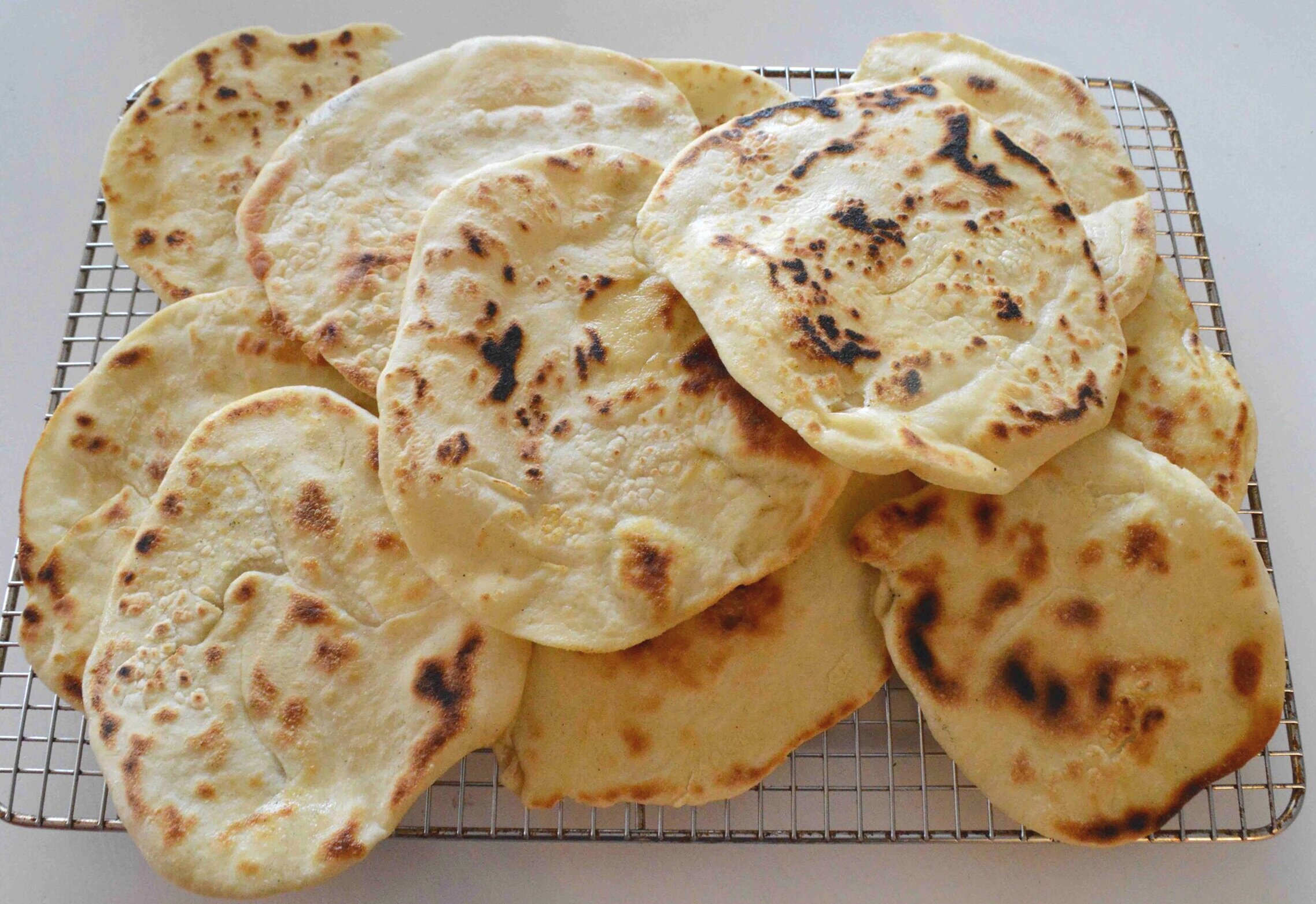Classic Focaccia

Thinking it’s too hot outside to turn on the oven and make fresh bread?!! Read on and let me convince you why Classic Focaccia is the perfect bread for summer!!
Before we get to the reasons why you should absolutely make this ASAP, let’s just talk a bit about what focaccia actually is—an Italian sort of flat-bread, similar in looks and texture to pizza crust. It’s usually flavored with olive oil and salt or other herbs and veggies and it is super duper delicious and versatile. You can simply rip off a piece to eat just as it is, serve it on the side with soup or salad or slice it in half to make the best sandwiches!
Now let me explain why it makes so much sense to tackle this when temps heat up rather than say, scarfing down a pint of ice cream while binge-watching your favorite Netflix show (who me?)😘
First off, focaccia is light and airy and won’t weigh you down. Think golden brown crust with a soft pillowy interior. When you bite into a fresh piece, there’s that satisfying crunch but it’s not at all dense which makes it perfect for warm-weather eating!
Second, while there are a couple of risings, making focaccia is fairly easy and doesn’t require any shaping or making a starter. Plus, for this particular recipe, the whole thing comes together in your stand mixer too, so you don’t even need to knead!
Third, focaccia lends itself perfectly to all sorts of seasonal toppings. I’m such a minimalist (read: boring eater) that I like it best with just olive oil and a little flaky sea salt but I know it would be great topped with fresh herbs, like rosemary and thyme or maybe some sun-dried tomatoes, chopped garlic, Parmesan etc. Your imagination’s the only limit!
Finally and maybe most importantly, especially in terms of me winning my case, focaccia only bakes for a total of 25-30 minutes! Which means very little hot-oven-in-the-kitchen-time for you!!
So…crossing my fingers that by now you’re on board, let’s get this focaccia-making party started:
Mix up a very wet and sticky dough, let it rise and eventually transfer it onto a generously olive-oiled, rimmed, half-sheet pan—
Now stretch that dough to fit the corners as best as you can
And let it rise again until it’s completely covering the pan and nice and puffy.
Now, press the dough down with your fingertips and see lots of bubbles form. Sometimes I get a ton like this
And sometimes the bubbles are more subtle and the bread comes out just as great, so no worries.
Drizzle on more olive oil so that it pools in the little fingertip craters,
Sprinkle with the flaky sea salt (or other herbs) and bake!
What emerges just a mere ½ hour later is a huge wondrous tray of light airy bread with a golden crunchy top and bottom and tons and tons of flavor!
Try this once and I’m pretty sure you’ll resign yourself to turning your oven on again and again this summer, all in the pursuit of this delightful bread. I know I will!!
Classic Focaccia
Makes one half sheet pan—many, many servings
It’s easiest to make this with a stand mixer and dough hook—you can do this by hand but it will take a lot longer.
Prep Time: Several hours, but much of this is hands-free rising time; Bake Time: 25-30 minutes
Ingredients
½ cup warm water, about 105-110ºF
2 ¼ teaspoons active dry yeast
2 ½ cups room temperature water
6 cups bread flour
2 tablespoons Kosher salt (if you’re not using Diamond Crystal, cut down on the salt)
Scant ½ cup extra virgin olive oil, divided
Flaky sea salt for topping (I used Maldon)
The Recipe
1. Pour the warm water into the large bowl of the electric mixer and sprinkle the yeast across it. Whisk the two together and let stand for about 5 minutes, until the mixture looks a little frothy.
2. Attach the dough hook to the mixer and add the room temperature water in, followed by the flour (all of it) and the salt. Mix on the lowest speed for about a minute, just until a dough begins to come together. Scrape down the sides with a rubber spatula if needed and then turn the mixer up to medium and mix for another 5 minutes or so, until the dough is smooth and sort or wrapping around the dough hook. It will look kind of sticky still. Cover the bowl with a clean damp kitchen towel and let the dough rest for 10 minutes. Then uncover the bowl and mix again on medium-high speed until the dough is very smooth and elastic, another 10-15 minutes. It should be pulling away from the sides of the bowl. It will still look pretty sticky but don’t be tempted to add more flour.
3. Pour ¼ cup of the oil into a clean large bowl and swirl it around to coat. Use a rubber spatula to scrape the dough into the oiled bowl. Dab some of the pooling oil across the top of the dough. Now cover the bowl with the damp kitchen towel and let it sit somewhere relatively warm until it has doubled in size, about 1 ½ hours.
4. Drizzle enough of the remaining oil onto a standard rimmed half-sheet pan and spread it out so it just coats the pan. Use a little of that oil to coat your hands. Uncover the bowl and use your oiled hands to loosen the dough from the sides of the bowl. Slide your hands to the bottom of the dough and lift it up out of the bowl, letting the weight of the dough pull itself downward, and let the dough fold over onto itself. Turn the bowl ¼ turn and repeat the stretching and folding process. Repeat 2 more times for a total of 4 dough stretches. Place the dough onto the prepared pan and start to stretch the dough in all directions evenly to fill out the pan. It will spring back so just gently coax it as best you can into the corners. Cover the dough with one or 2 lengths of oiled plastic wrap and let rest for 15 minutes.
5. Remove the plastic wrap but don’t throw it out. Use your fingers to evenly stretch the dough that has shrunken back all the way to the corners and sides. Recover with the plastic and let it sit for another hour or so until the dough has nearly doubled in height. Meanwhile, arrange one oven rack in the highest and one in the lowest position in the oven and preheat to 450ºF.
6. Once the dough has risen, uncover it and oil your hands a bit. Now, press your fingertips down into the dough all over, through to the bottom, making lots of dimples across the dough. You should see some big air bubbles form. Drizzle the top all over with the remaining oil and sprinkle with the sea salt.
7. Bake the focaccia on the lower rack for about 20 minutes, until you see the dough pulling away from the sides of the pan. Then move the pan to the top rack and bake for another 5-7 minutes, until the dough is very well browned. Let the focaccia cool in the pan on a wire rack for 10-15 minutes, then loosen and transfer to the rack to finish cooling completely. Serve as is, as a sandwich or however you want. This is best on the day it’s made but also pretty wonderful reheated or even toasted. Store leftovers well wrapped in the fridge for up to a week.
Enjoy!
Note: Recipe adapted from Dessert Person by Claire Saffitz. I cut down on the oil and simplified some of the techniques too.




















